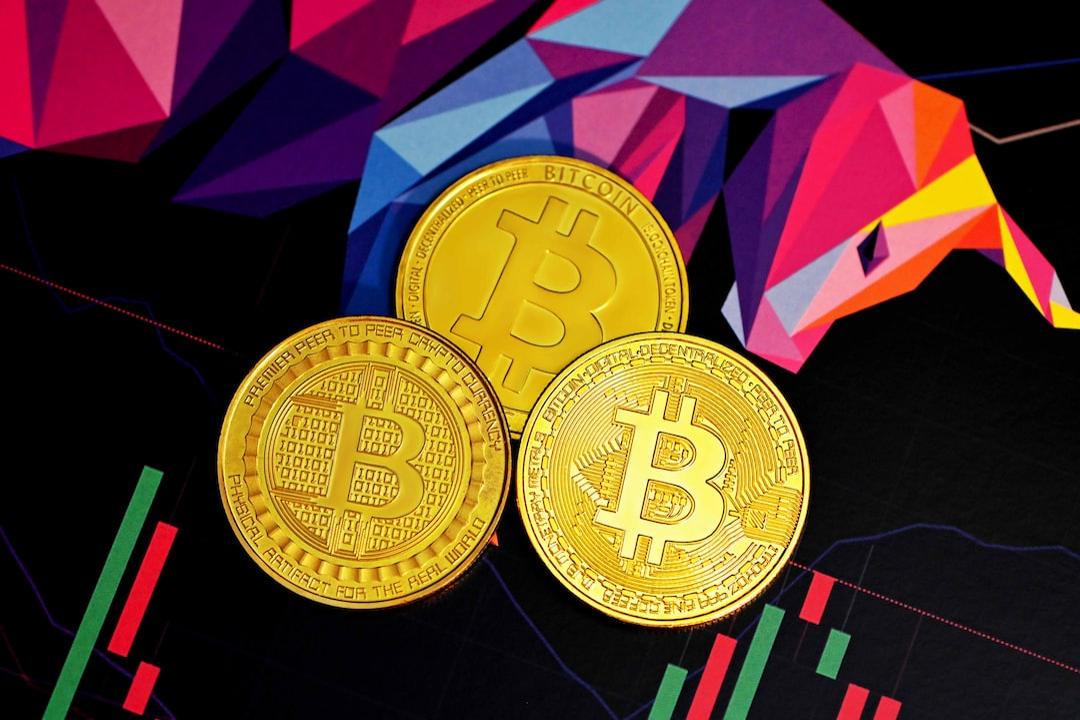The historical relationship between Bitcoin

$
84,141 and the U.S. stock markets has begun to weaken. Particularly, the decreasing correlation with the Nasdaq 100 index has prompted investors to refocus on portfolio diversification and risk management. The independent rise of gold and Bitcoin’s divergent movements indicate significant changes in institutional investors’ strategic decisions. These developments are reshaping investor behavior in an environment of economic uncertainty.
Weakening Correlation, Reshaping Portfolios
For years, Bitcoin moved in parallel with technology stocks; however, in recent weeks, it has deviated from this trend to adopt a more independent stance. Bitcoin has shown upward reactions even when the Nasdaq 100 index experienced declines. This shift offers investors an opportunity to move away from “one-directional” markets and develop broader strategies.
In portfolio management, correlation is seen as a critical factor in risk distribution. Gold reaching record levels and moving inversely to stock markets demonstrates that precious metals are still regarded as safe havens. Bitcoin’s similarly independent trajectory could make it an alternative protective asset for some investors. Especially, the interest from U.S.-based institutional funds stands out as a key indicator supporting this assumption.
Institutional Funds’ Stance and the Fed’s Influence
BlackRock’s iShares Bitcoin Trust fund exhibited positive performance despite significant declines in Nasdaq during U.S. trading hours. Similarly, Bitcoin-based strategy stocks within the Invesco QQQ Trust maintained their upward trajectory despite intraday fluctuations. This divergence suggests that Bitcoin-focused products might behave differently from large technology companies.
One of the day’s highlights was Fed Chairman Jerome Powell’s statements. Using the phrase “emerging risk” regarding inflation and trade tariffs, Powell did not provide a direct assurance to the markets. When asked about the belief in the “Fed put”—that the central bank would protect the markets—he explicitly replied “No.” This stance created short-term uncertainty in the markets and accelerated investors’ search for safe havens.
During Powell’s remarks, both Bitcoin and Nasdaq experienced losses simultaneously. However, Bitcoin quickly recovered and began to rise. Nasdaq showed signs of a temporary rebound, yet it still retains a weak appearance. This difference indicates to market players that the correlation between the two assets is now more volatile and unpredictable.

